Literary adventures to take before your actual adventure.
We’re back again with another list of must-reads for all you travel-loving bookworms. This time, we’re focusing on books you should read before heading to particular destinations. We believe these reads won’t only provide some great historical context for your next trip, but will enrich your cultural awareness and appreciation.Â
If you’ve missed some of our past book recommendations, check out Novels that Transport You, Non-Fiction to Take You Away, and Summer’s Best Beach Reads.
Without further ado, here are books you should definitely read before heading to India, Peru, Mexico, Colombia, Spain, Korea or Turkey.

India: Shantaram
A polarizing book, Shantaram is an epic novel (we’re talking over 900 pages) set in the underbelly of modern-day Bombay. Lin, an escaped convict from an Australian prison, flees to the city in an attempt to disappear into its streets. Here he encounters prostitutes, beggars, gangsters, other exiles, soldiers, holy men, and a host of other characters during his search for love and meaning.
Read this book to explore both Bombay’s burning slums and five-star hotels as Lin sets up a clinic in one of the city’s poorest neighborhoods and works for the mafia. Based on the life of author Gregory David Roberts, you’ll be given a glimpse into the city’s criminal wars to the country’s spirituality—and everything in between.
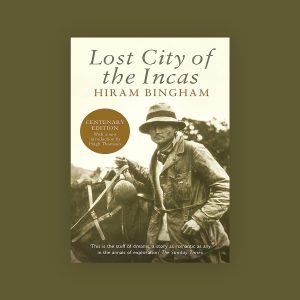
Peru: Lost City of the Incas
First published in the 1950s, Hiram Bingham III’s Lost City of the Incas recounts the rediscovery of the lost city of Machu Picchu in 1911. Hiram, an American academic, explorer, and politician, set out to Peru in search of Vilcabamba, the capital city of the last Inca ruler Manco Inca. Instead, with the guidance of local indigenous farmers, he stumbled upon the perfectly-preserved ruins of the Inca citadel of Machu Picchu, making its existence known to the general public for the first time.
It is this astonishing ‘discovery’—of Machu Picchu’s white granite buildings perched 2,000 feet above the Urubamba River—that Bingham recounts in his book, including the incredible scenery, architectural details of the site, difficulties of travel, and those he meets along the way. Despite many of the historical details he attributes to the site being later debunked, Lost City of the Incas is an interesting read to learn about what travel around Peru was like at the time for this Indiana Jones-like figure.
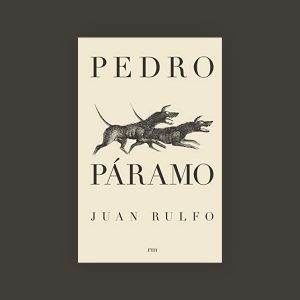
Mexico: Pedro Paramo
Published in Mexico in 1955, Juan Rulfo’s Pedro Paramo follows Juan Preciado as he travels to his recently deceased mother’s hometown, Comala, to find his father. What he discovers, however, is a literal ghost town populated by different consciousnesses and the figure of Pedro Páramo. This book is a masterclass in leveraging sensory images and language to depict a hypnotic flow of dreams, memories, and desires. Reading its pages is an overwhelming experience, to say the least.
Considered a work of magical realism or a precursor to later works of magical realism, this book was a key influence on Latin American writers such as Gabriel GarcÃa Márquez, Carlos Fuentes, and Mario Vargas Llosa. Márquez even said it was his life-changing discovery of Pedro Páramo in 1961 that cured his writer’s block and opened him up to write his masterpiece, One Hundred Years of Solitude.
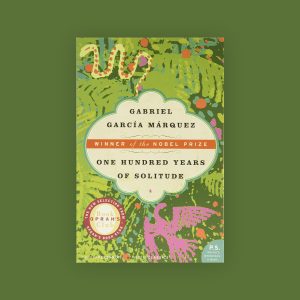
Colombia: One Hundred Years of Solitude
Gabriel GarcÃa Márquez’s One Hundred Years of Solitude tells the tale of seven generations of the BuendÃa family. Patriarch José Arcadio BuendÃa founds the fictitious town of Macondo, creating it according to his perceptions. Unusual and extraordinary events involving the BuendÃa family and their misfortunes are frequent, and eventually, Macondo becomes exposed to the outside world and the government of a newly independent Colombia.
Published in 1967, this novel is an important representative novel of the literary Latin American boom of the 1960s and 1970s. Chronicling the irreconcilable conflict between the desire for solitude and the need for love, Márquez’s rich, imaginative prose has come to define the genre known as magical realism. In 1982, its author received the Nobel Prize for Literature.Â
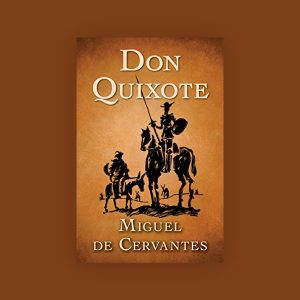
Spain: Don Quijote
Originally published in two parts—in 1605 and 1615, respectively—Miguel de Cervantes’ Don Quijote or Don Quixote is considered a founding work of Western literature and is often labeled as the first modern novel. The story follows Don Quijote de la Mancha on his quest to become a knight-errant. Entranced by reading chivalric romances, he sets out alongside his faithful squire, Sancho Panza, to live out his literary dreams, fighting giants (windmills), freeing slaves, and protecting the honor of his lady, Dulcinea.
Truly experimental in its form and replete with literary playfulness, Don Quixote is one of the most-translated books in the world. It has been enormously influential on a host of writers, including Dickens, Melville, Flaubert, and Faulkner, who reread it once a year, “just as some people read the Bible.â€
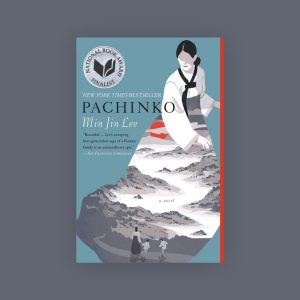
Korea: Pachinko
Min Jin Lee’s Pachinko follows the story of Sunja, a teenage daughter of a crippled fisherman who falls in love with a wealthy stranger. Set in Korea in the early 1900s, Pachinko takes us from the Korean seaside and the universities of Japan to the pachinko parlors of the criminal underworld.
You’ll learn about the history of these two countries, including the dynamic between Koreans and Japanese in the early to mid-20th century. Follow four generations of Sunja’s family as they search for a better life, suffer through the political turmoil of Japanese colonization and the hardship of wartime, and witness the home they left become divided into two countries they hardly recognize.
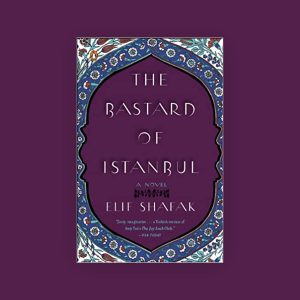
Turkey: The Bastard of Istanbul
In her second novel written in English, Elif Shafak’s The Bastard of Istanbul confronts her country’s violent past. This tale centers around the story of two girls—one Turkish, one Armenian American—their families, and how their histories interweave. Asya, the “bastard†of the title, is raised by an eccentric group of aunts and grandmothers in Istanbul. Armanoush “Amy†Tchakhmakhchian lives in Arizona where she bounces between her over-protective American mother and her quiet Turkish step-father.
The novel explores the 1915 Armenian deportations and massacres alongside the two families’ understandings of politics, history, philosophy, and religion, and is chalk-full of unforgettable female characters.
Note: The Portico team helps you better organize ideas for travel. All of our picks are independently selected. If you buy something we link to, we may earn commission.



